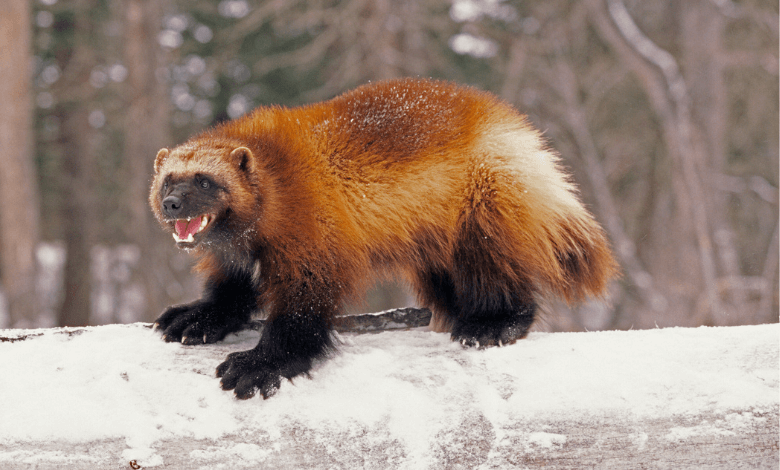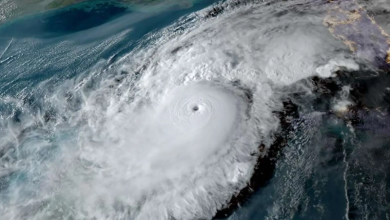Wolverines Gained Threatened Species Status in U.S. Due to Climate Change

In a significant move highlighting the impact of climate change on wildlife, the North American wolverine, a formidable mountain predator closely related to badgers and skunks, has been granted threatened species protection in the United States. The decision, made under the Biden administration’s policy, cites the looming threat to the wolverine’s snowy habitat from the effects of climate change.
This new classification marks a reversal from the 2020 determination by the Trump administration, which deemed such protection unnecessary. Following a federal court ruling in Montana last year that mandated the U.S. Fish and Wildlife Service to reconsider, the Biden administration has now taken the step to protect this elusive creature.
The official rule issued by the Fish and Wildlife Service on Wednesday designates the wolverine as threatened only in the contiguous United States. Here, fewer than 300 of these creatures are believed to roam the high country of Montana, Idaho, Wyoming, and Washington state. Notably, this designation excludes wolverines in Alaska or Canada, where their numbers are in the thousands.
Read More: El Niño Unveiled: Decoding its Impact and Climate Change Nexus
Once thriving across vast expanses of the northern Cascades, the Rocky Mountains, and the Sierra Nevada, wolverine populations saw a drastic decline due to widespread trapping and poisoning. Government biologists, in their push for protection, have emphasized the primary threats to remaining populations in the Rockies and Cascades—rising temperatures and declining snowpack, leading to the fragmentation of wolverines’ mountain habitat. The wolverine, the largest land-dwelling species in the Mustelidae family, shares a close kinship with weasels, ferrets, skunks, and badgers. Recognized for its muscular build and solitary carnivorous nature, the wolverine is a fierce predator capable of taking down prey many times its own size, while also having a diverse diet including birds and berries.
These creatures heavily rely on snowy environments, building dens, reproducing, and storing food in areas with snow deeper than 5 feet in high-elevation zones. However, the reduction in snow cover due to climate change poses a threat, as backcountry winter recreation and human disturbance are expected to encroach on wolverine habitats.
New research also highlights concerns about large highways restricting the movement of female wolverines from Canada into the U.S., affecting genetic diversity. Additionally, regulated trapping in southern Canada, driven by the demand for wolverine pelts, may have more severely impacted populations than previously understood.
Despite the Endangered Species Act generally prohibiting harm to threatened or endangered animals, exceptions for “incidental trapping,” research activities, and forest management to reduce wildfire risks are outlined in the wolverine listing. The Fish and Wildlife Service now has one year to designate critical habitat, where commercial activities will face restrictions, to further the recovery of these unique creatures in the face of climate change challenges.



